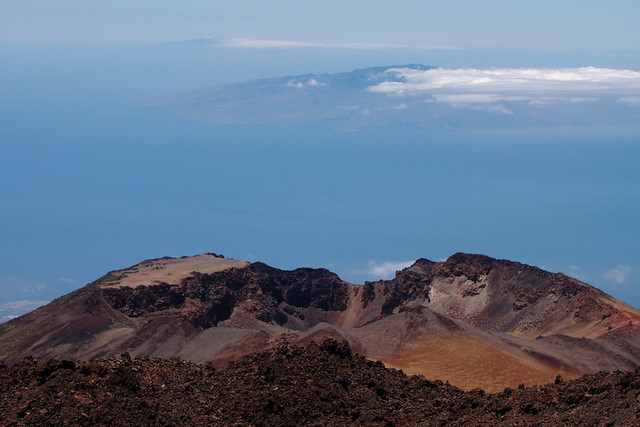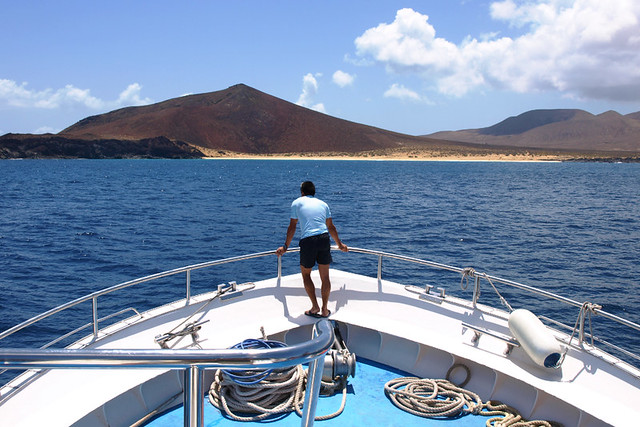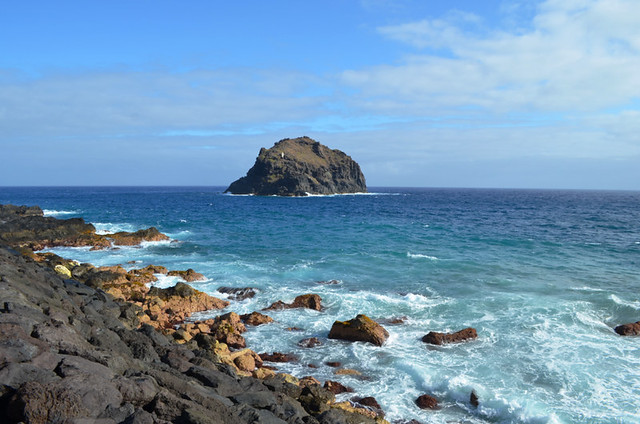There are some things which are reassuringly constant – the sun rises in the east and sets in the west, spring follows winter etc. And then there are others that are not, which are moveable feasts. One of these is the answer to the question how many Canary Islands are there?

Try to answer without Googling, and I’m willing to bet few will get it spot on.
That’s partly because there are different ways of approaching this question. And it’s partly because the answer is liable to change. A few years ago, the generally accepted number of main Canary Islands was seven. Now it’s eight. In a way neither are right and yet, in another way, both are.
For a start, what is an island?

This is National Geographic’s definition: “An island is a body of land surrounded by water. Continents are also surrounded by water, but because they are so big, they are not considered islands.”
National Geographic also go on to say – “Many islands are quite small, covering less than half a hectare (one acre). These tiny islands are often called islets.”
There’s nothing about whether they are inhabited or not. And that makes those subtropical waters very murky.
So, how many Canary Islands are there?
The Canaries are made up of large islands, small islands (islets), and lumps of land protruding from the sea that ambiguously lie somewhere between being tiny islets and big rocks. Wikipedia states there are eight main islands, five islets, and eight ‘roques.’

The main Canary Islands
Up until a few years ago it was generally accepted there were seven main islands. Tenerife, Fuerteventura, Gran Canaria, Lanzarote, La Palma, La Gomera, and El Hierro. In 2018, Spain’s Comisión General de las Comunidades Autónomas officially recognised La Graciosa as the eighth inhabited Canary Island. Until then, it had been classed as an islet.
Subsequently, La Graciosa is now classed as one of the main Canary Islands … but it isn’t the same as the others, and it isn’t the eighth island, but I’ll come back to the latter later.
The reason it isn’t the same is the others all have their own island governments, independent of each other. La Graciosa, with a population that hovers around the 700 mark, administratively belongs to Lanzarote. That makes it different. Having lived in the Canary Islands, that not insignificant fact makes it difficult to treat La Graciosa on quite the same level as the other seven. Then there’s the next level down.

Canary Island islets
The five islets consist of Islote de Lobos (Fuerteventura), Montaña Clara, Alegranza, Roque del Este and Roque del Oeste. The last four, along with La Graciosa, also make up the Chinijo Archipelago, one of the largest marine reserves in the European Union. Although not inhabited, a couple of the islets have had inhabitants and Los Lobos still has buildings which are occupied at certain times of the year.
Canary Island ‘roques’
Finally, there are the ‘roques,’ big chunks of land rising from the ocean. They are not big enough to be considered an islet, yet too big to be simply classed as a rock. Wikipedia lists eight of these, but one of these is connected to the land and, offhand, I can think of at least three ‘roques’ that aren’t included. But these lumps of rock are just a distraction from the main question.

I previously mentioned that I didn’t consider La Graciosa as the eighth island. That’s because in all the years I lived in the Canaries, I regularly saw references to an eighth island, and it wasn’t La Graciosa. Every week, in a Spanish newspaper, I would read news from all seven main islands followed by reports from a place historically considered the eighth island, Venezuela. Admittedly, that’s a bit of a curve ball, but I wasn’t the one who named it the eighth island.
Anyway, there’s another eighth island, a proper Canary Island. Canarios know what it is and so do others who know the Canaries well. It makes an appearance in my upcoming book set on the islands. If you want to know more about it, keep an eye on my website and Facebook page for more information.




Be the first to comment